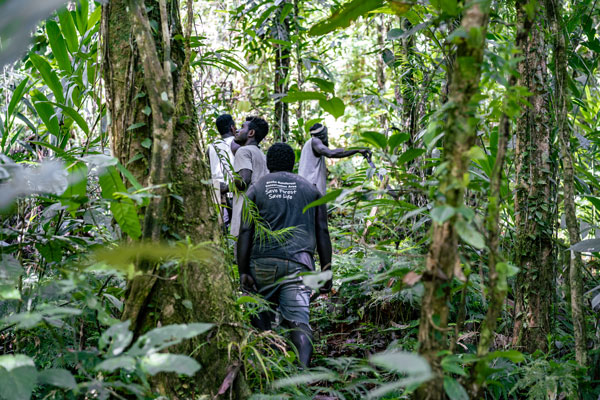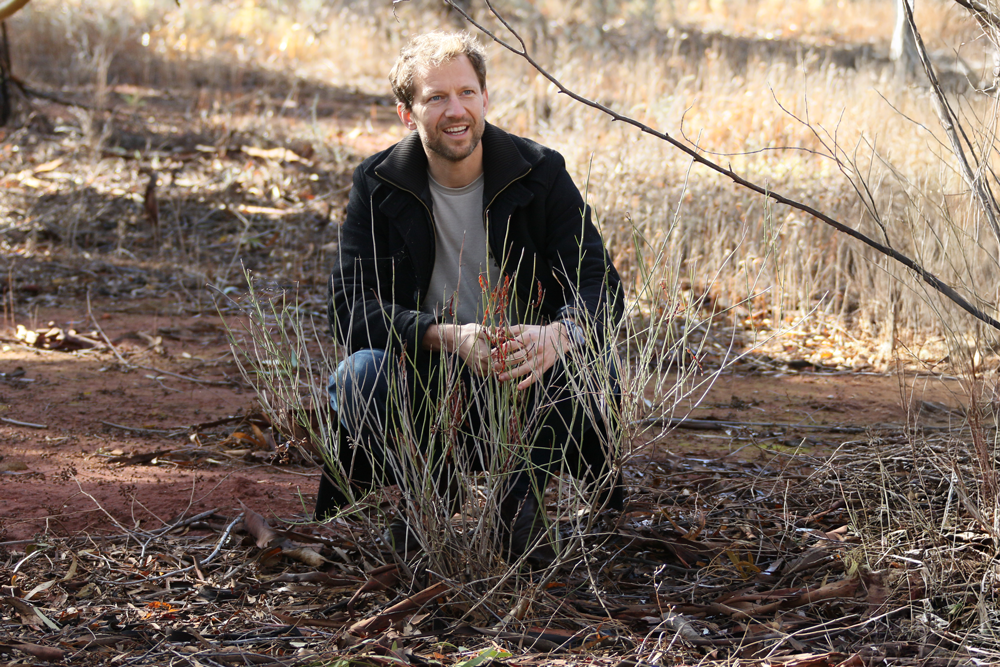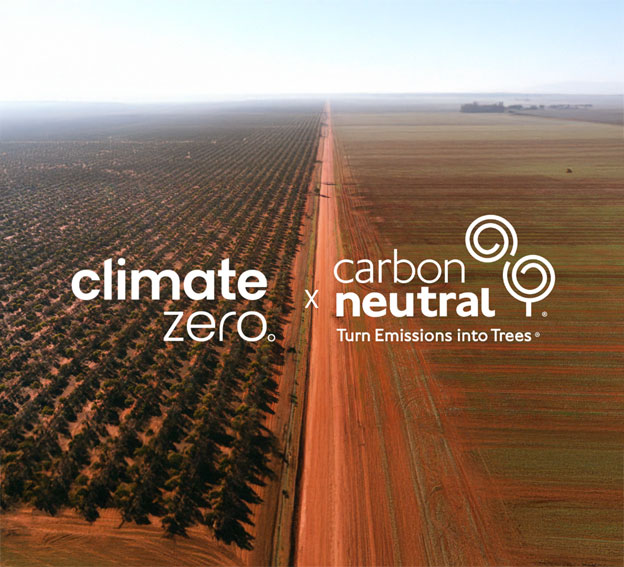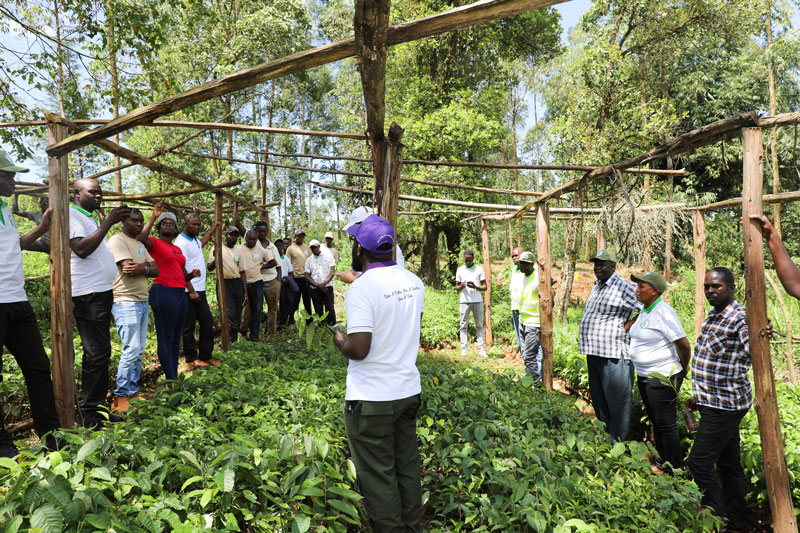Is the Government Addressing a Climate Trigger?
Carbon Neutral
DateAugust 2024
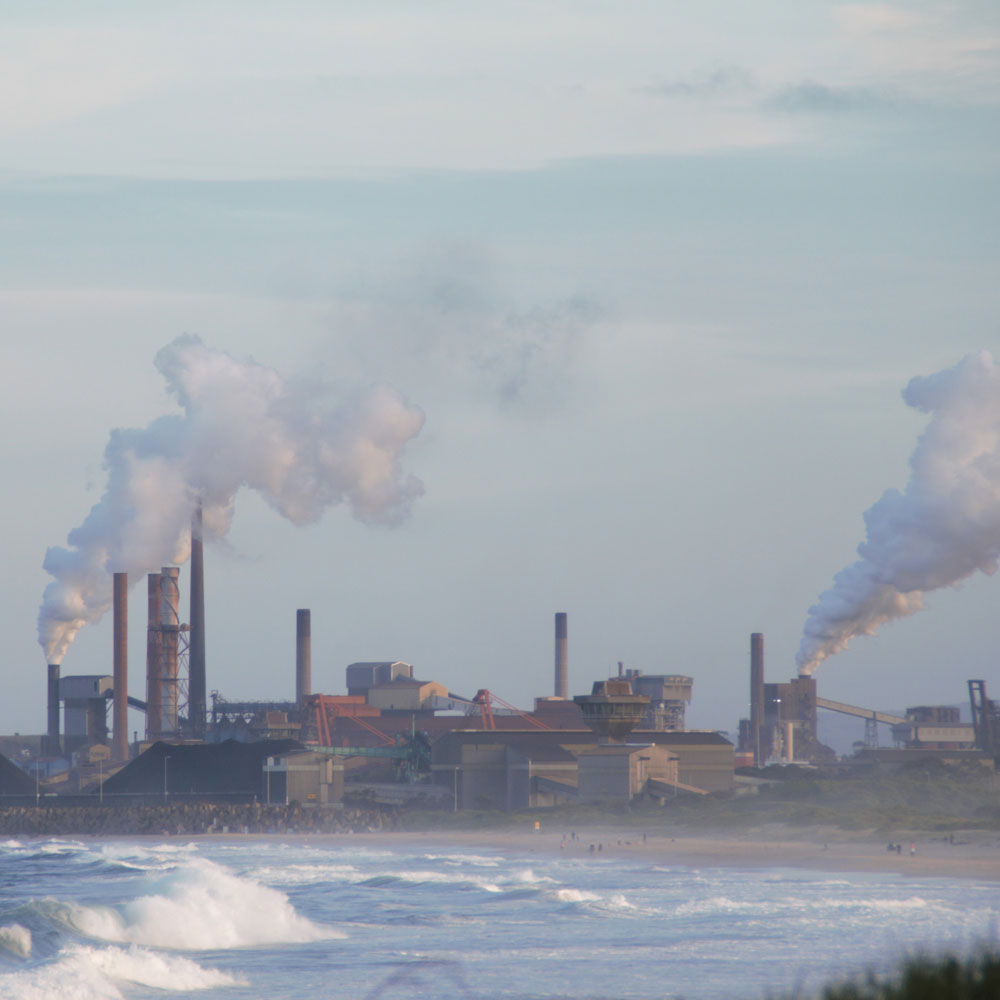
In 1999, the Howard Government enacted the Environment Protection and Biodiversity Conservation Act (EPBC Act) to “protect and manage national and international important plants, animals, habitats and places in Australia.” The Act mandates an independent review every 10 years.
The most recent 2020 review, led by Professor Graeme Samuel AC, recommended significant changes, including the requirement for development proposals to transparently disclose the project’s full emissions. However, the review did not clarify how these emissions should be handled in the approval process.
One proposed method for the EPBC Act to safeguard the environment from high-emitting projects is through a climate trigger, most recently suggested by the Greens in 2022. So, what is a climate trigger and how could it work?
What is a Climate Trigger?
The EPBC Act requires the Federal Government to assess and approve new projects that impact “matters of national environmental significance” (MNES). The nine MNES considered are world heritage properties, national heritage places, wetlands of international importance, nationally threatened species and ecological communities, migratory species, Commonwealth marine areas, the Great Barrier Reef Marine Park, nuclear actions (including uranium mining), and water resources related to coal seam gas and large coal mining development.
If a project is likely to significantly impact any of these MNES, it is referred to the Environment Minister for assessment. Climate change is not currently listed as an MNES, meaning high-emission projects that do not affect the nine MNES are not referred. Adding climate change to the list of MNES would mean high-emission projects would be assessed by the Federal Environment Minister.
History of the Climate Trigger
In 2000, during the EPBC Act’s debate, Environment Minister Robert Hill proposed a greenhouse gas trigger, which was later dropped. In 2005, Shadow Environment Minister Anthony Albanese introduced the Avoiding Dangerous Climate Change Bill, seeking to include climate change as an MNES, ensuring new major projects emitting over 500,000 tonnes of CO2 annually would be assessed for their climate impact. This bill did not proceed.
In 2020, the Greens introduced an amendment to add a climate trigger to the EPBC Act. After several delays, it lapsed before the 2022 election. The Greens reintroduced their climate trigger amendment following the 2022 Federal Election, but the Labor-led Senate Committee recommended voting it down.
Professor Samuel’s independent review of the EPBC Act considered a climate trigger but recommended against its inclusion, stating that specific policy mechanisms, not the EPBC Act, are appropriate for limiting greenhouse gas emissions.
Why Has the Debate Resurfaced?
In April 2024, Environment Minister Tanya Plibersek announced Stage 2 legislation to establish Environment Protection Australia, an independent national environment protection agency. This agency is part of the Government’s Nature Positive reforms. Support from Parliament members, likely including the Australian Greens who favour a climate trigger, is needed to pass the full reform package.
The Government opened consultation on Stage Three of the Nature Positive reforms, focusing on feedback related to climate reforms and the interaction between environment and climate laws. This led some to believe the Government might consider adding a climate trigger to the EPBC Act.
Greens MP Stephen Bates asked Prime Minister Anthony Albanese if he could guarantee that a climate trigger would not be included in the Nature Positive reform plan. Albanese’s response, “No,” put him at odds with Environment Minister Plibersek, who said the government was not considering it. The Business Council of Australia expressed concern over a potential change in the Government’s stance.
What Are Both Sides Saying?
Supporters of adding a climate trigger argue that climate change is a critical environmental issue, and a trigger would ensure projects align with Australia’s emissions reduction commitments under the Paris Agreement. It can enhance the effectiveness of mitigation measures proposed by projects under various climate change scenarios. Currently, high-emission fossil fuel projects are less likely to be referred to the EPBC Act compared to renewable projects, due to the current MNES list.
Opponents of a climate trigger argue that EPBC Act referrals significantly delay new projects, with average assessment and approval times near 1,000 days. Delaying resource projects could impact the availability of minerals needed for Australia’s net-zero goals. Additionally, a climate trigger might delay renewable energy projects due to increased administrative burdens, even if they displace emissions.
Adding a climate trigger to the EPBC Act remains a contentious issue, balancing the need for rigorous environmental protection against the practicalities of project approvals and emissions reduction.
Explore stories in the world of sustainability, carbon and climate change.



